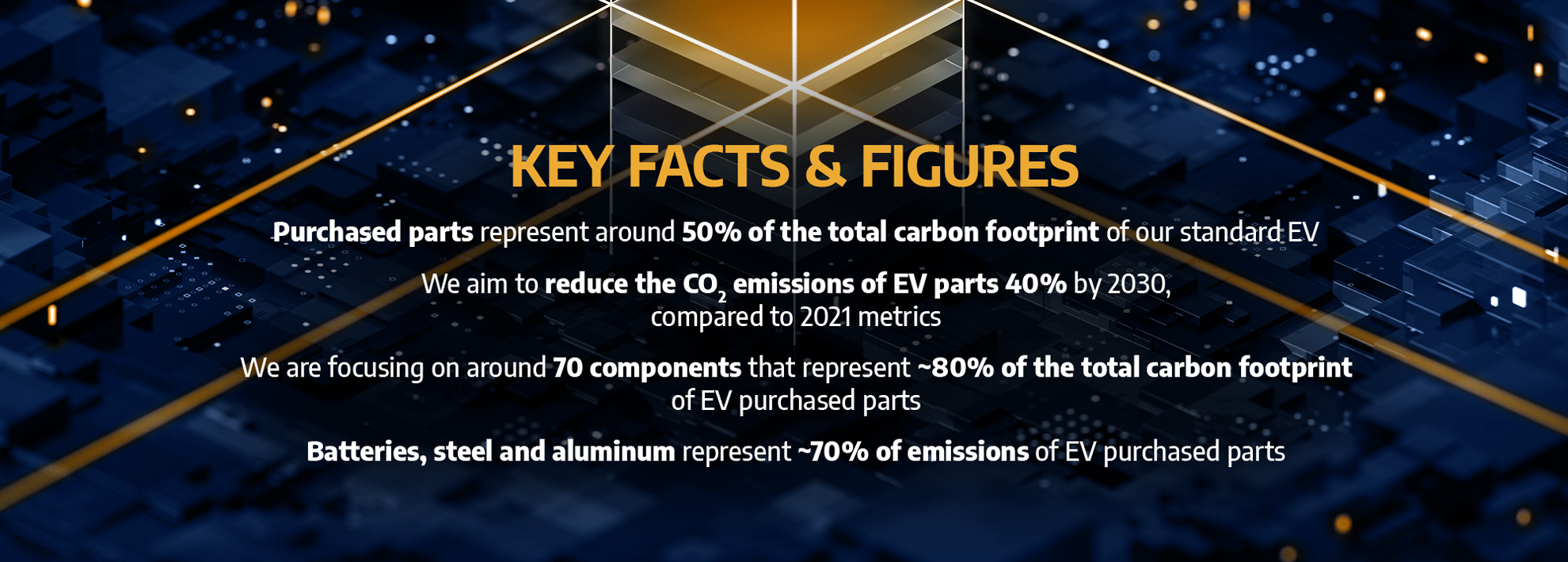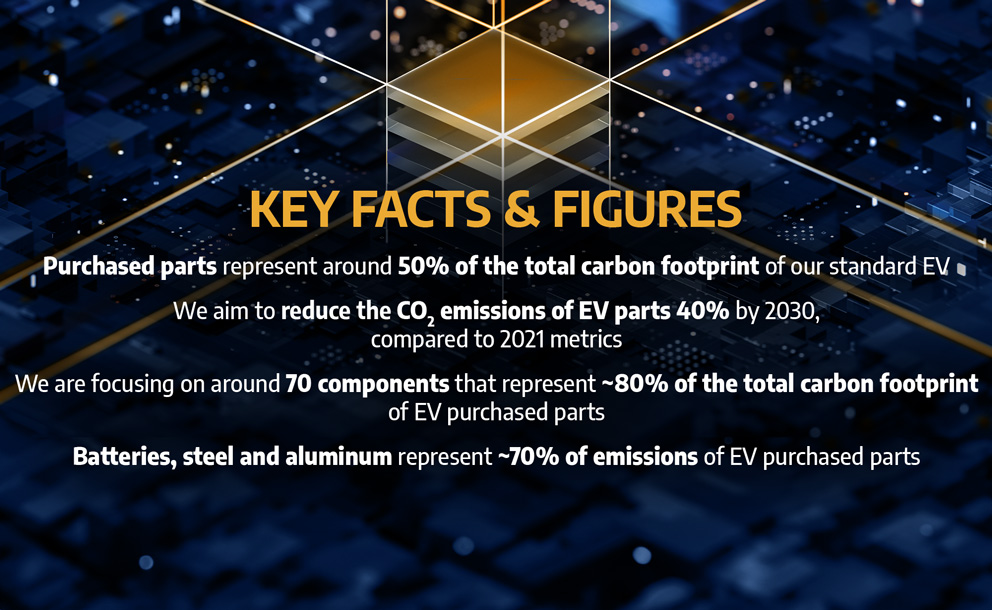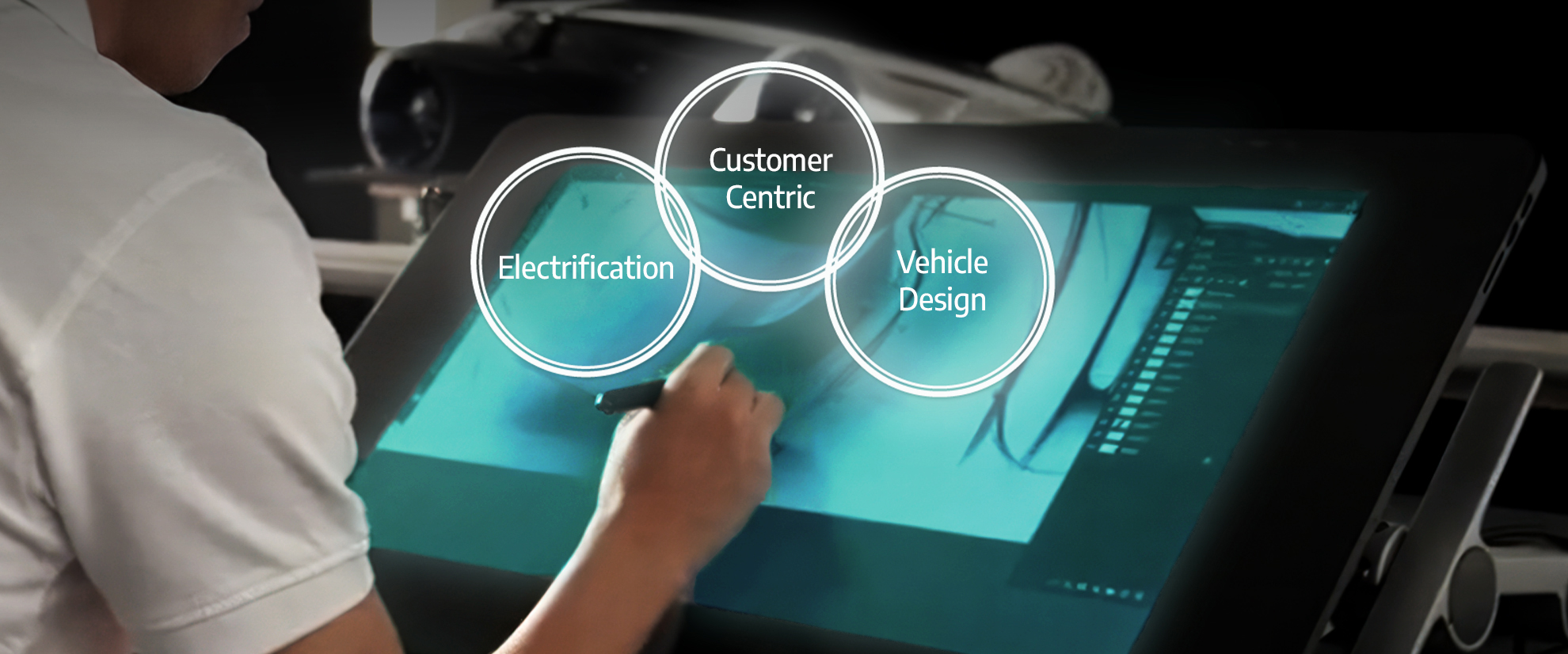

DARING FOR ZERO
Engaging Our Supply Chain to Mitigate Emissions
November 8, 2023
In March 2022, we presented Dare Forward 2030, a bold strategic plan that paves the way for Stellantis to achieve Carbon Net Zero by 2038, from well to wheel and throughout the entire supply chain(1). This unprecedented commitment requires coordination and dedication across the entire Company.
Since the announcement of the plan, several teams have been working internally and with external suppliers to develop and implement the most efficient and effective solutions to meet these targets.
In the “Daring for Zero” series, we get a first-hand account from a few of these teams of how they are delivering on this commitment and bringing us closer to achieving our carbon neutrality ambition.
Meet Marcela Arrambide, Carbon Net Zero Engineering Manager, and Emmanuel Houery, Carbon Net Zero Worldwide Purchasing Manager, as they share how they are engaging suppliers to reduce our carbon footprint.
As supply chains become increasingly complex, we remain committed to our responsibility of climate leadership by working with suppliers to reduce our carbon footprint across the entire value chain. This is important because Scope 3 greenhouse gas (GHG) emissions, which are emissions that occur from sources not owned or controlled by a company, account for an average of 75% of a company’s total GHG emissions(2).
At Stellantis, we are engaging thousands of suppliers to optimize the use of resources, leverage vertical integration and minimize pollution and GHG emissions. As Emmanuel and Marcela explained in the video, we are applying rigorous criteria to our sourcing strategy for electric vehicle components, considering their environmental impact and potential for re-manufacture, repair, recycling, and reuse.
(1) With single-digit percentage compensation of remaining emissions
(2) CDP Technical Note: Relevance of Scope 3 Categories by Sector



